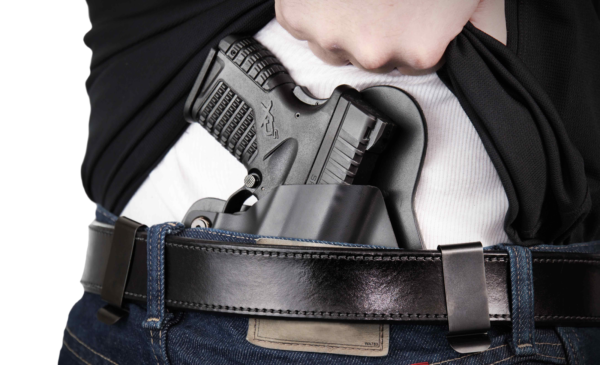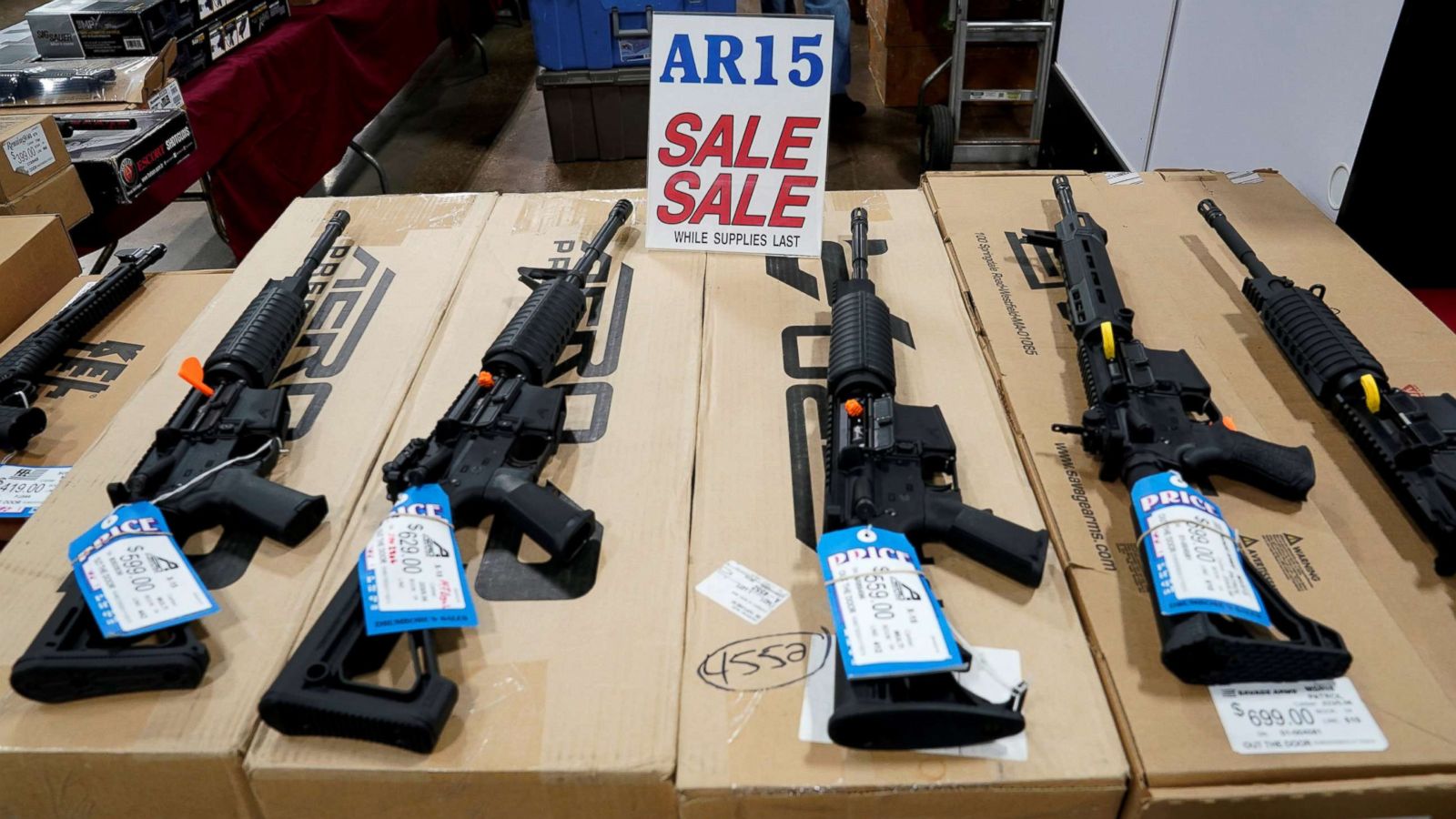IN THE WAKE of the worst mass shooting in US history, many Americans want to ban civilians from buying the AR-15, that ultra-popular, all-American killing tool. But in basements and garages around the country, another group of Americans is collecting the machines and materials to make those firearms in the privacy of their own homes. And for them, just as much as for gun control advocates, Orlando represents a call to arms.
Senate Democrats reacted to the massacre by filibustering until Republicans agreed to allow a vote on four gun control measures. Every measure failed on Monday night. But even fears of such legislation have lead gun owners to stock up on guns and ammunition after every mass shooting in recent history. And now a newer trend has emerged in the days since Omar Mateen killed 49 people with a handgun and a Sig Sauer MCX rifle: sales are spiking for the equipment and materials used by DIY gunsmiths to make their own, fully-functional, semi-automatic weapons.
Using power tools, chunks of aluminum, and cheap, consumer-grade digital gadgets, those firearm-focused members of the maker movement fabricate homemade weapons like AR-15s and AR-10s that skirt all regulation and would be untraceable in some imagined, future crackdown in which the government were to seize registered weapons. “People are hopping off the mainstream train and accepting an underground dissident mentality when it comes to guns,” says Cody Wilson, the founder of the Austin, Texas-based DIY gun group Defense Distributed. “They’re making the connection: If [an AR-15 ban] is enacted, I can get this machine and make one anyway”…
But the real appeal for DIY gunsmiths is the potential to own an entirely unregistered weapon, says Gene Hoffman, founder of the Roseville, California-based gun activist group the Calguns Foundation. “Registration is kind of dangerous. The real reason most gun rights organizations oppose background checks isn’t about background checks,” says Hoffman, who’s himself used 80-percent lowers to build his AR-10s without serial numbers. “If things go to hell, no one can prove I own it. I don’t want it to be confiscated.”
He points to a proposed state-level gun law in California as a driving force behind these increased sales, which does seek to outlaw some forms of DIY gun-making. A bill introduced by State Senator Kevin Deleon in January would expand the definition of “firearm” under California law to include a “frame or receiver blank, casting, or machined body, that is designed and clearly identifiable as a component of a functional weapon.” That would effectively end the sale of 80-percent lower receivers in the state, Hoffman says, if it passed and were signed into law. A big “if.”
Wilson’s customers have also taken note of the bill. “When can we expect the AR-10 code to be released??” asks one Defense Distributed customer in an email to the group seeking the digital blueprint for making that larger, higher-caliber sibling of the AR-15. “Here in California, they’re trying to ban homemade guns, so time is of the essence!!!”
But outside of California, Wilson admits that the drive to buy gun-making materials and tools is being driven partially by “animal spirits”—paranoia in reaction to gun control talk. “There’s a real sense of being harried and alienated and under duress, and that’s driving interest,” he says. Like Hoffman, Wilson sees the civilian ownership of military weapons as a measure to keep the government itself in check. “When the system breaks down, you get to vote from the rooftops. We have the second amendment for when it’s time to murder our government,” he says matter-of-factly. “It’s one of the last best traditions of the western enlightenment.”
Read more here.
Help fund the fight:
[gravityform id=”21″ title=”false” description=”false” ajax=”true”]



